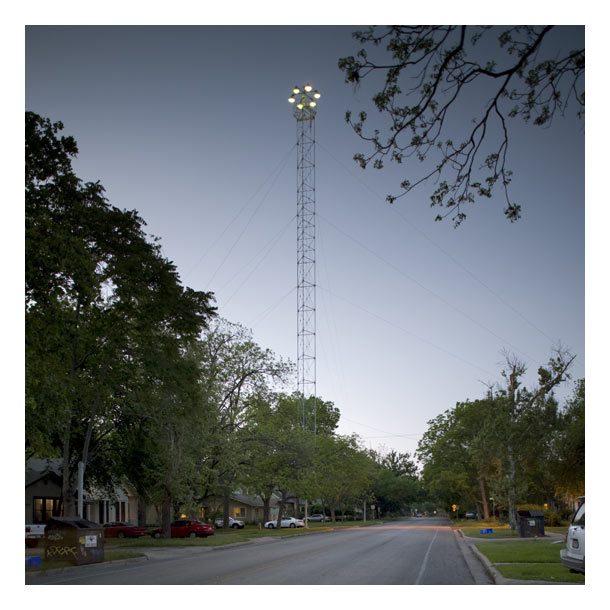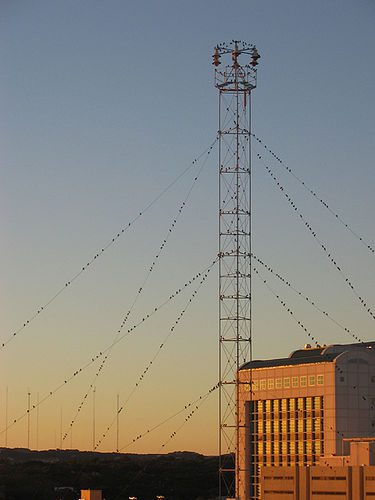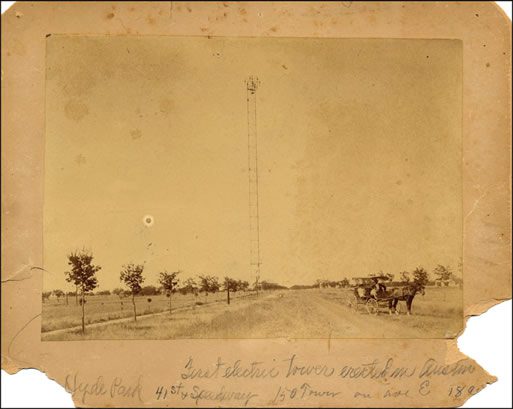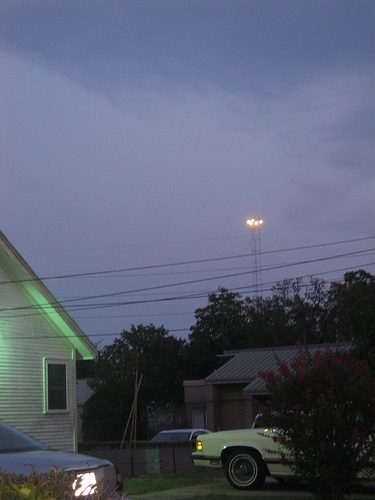
Many history books share a lie, not their entirety but a still crucial aspect. They strut and pretend to speak from an authoritative state, authors who know that even a few hundred pages on a topic cannot encompass the multitudes of contexts and perspectives or even the fullness of their research. Pride is often integral to their presentation. Otherwise, what is the point of their existence? And yet, a rebuttal, adjustment, or an alternate take is always in the offing.
Michael Engelhard’s No Place Like Nome is a highbrow raconteur of a read meant for a layperson, though any scholar of Alaska will recognize the significant research underpinnings. Not quite a historical account or an anthropological study, it is instead a woven narrative that seeks to define the Alaska town through snapshots. And it is an honest book for it.
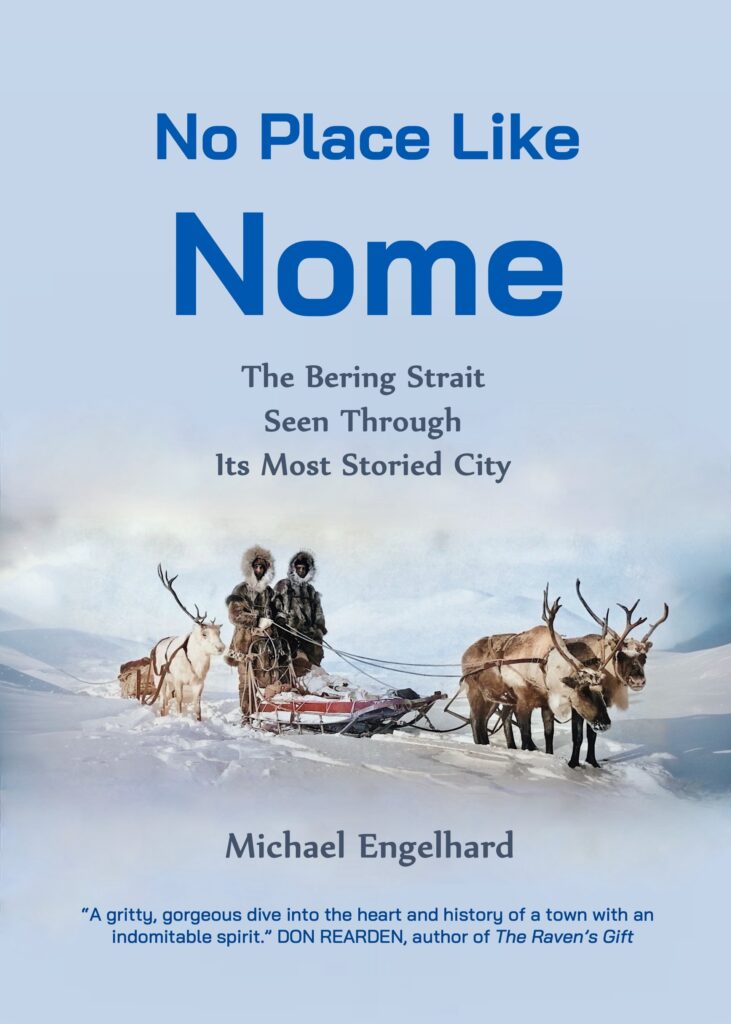
Each of us operates within our various spheres with imperfect knowledge. At best, we possess limited understandings of other people, other systems, and even ourselves. At our worst, there is the utter absence of knowledge, ignorance of context and cultures. Of course, there is no other choice, no other reality to this world. “I don’t know” is the truest sentence ever written, uttered, or thought.
More than most towns, Nome exists partly as myth, particularly as a place understood by the outsider. It is a million things at once to different people at different times. Tall tales from the Gold Rush mix with ancient indigenous culture and the mundanity of everyday modern life. There is no real divide between the present and the past, only shifting quantities of each in uneasy proportions, a weight shifting by moments and preferences. There was indeed gold in the beaches. Dogs of legend like Baldy and Balto and Togo ran here. John Wayne and Willem Dafoe pretended to live here. And there are also people struggling to find proper warm clothing, to scrape a living off the land without time to wonder about how the saloon dancehall ladies did what they did.
Engelhard explicitly acknowledges this uncertainty and does not pretend to a single Nome. Books of that ilk already exist, focused monographs in great numbers and more on their way. In his own words, “I am offering much material of less than earthshaking significance simply to fill in the colors of the personal, the idiosyncratic, or the purely eccentric that too rarely enliven anthropological and historical reconstructions.”
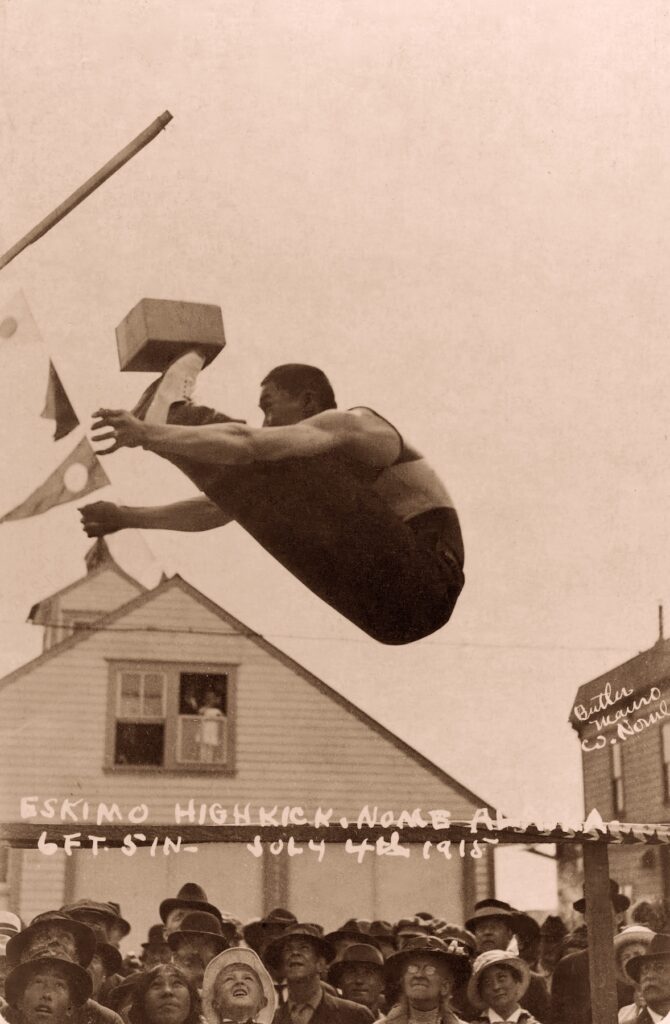
Library of Congress
The book’s structure abandons the timeline, bouncing back and forth across the years, between seemingly unrelated topics that share only a geographic proximity. A chapter about the prevalence of jade abuts a yarn about an Italian airship’s demise. A Jesuit priest organizes a football game on King Island, introducing the sport to the middle of the Bering Sea. Locals hunt for precious qiviut (muskox wool).
To be sure, widely recognized characters make passing appearances, from lawman turned saloon proprietor Wyatt Earp to prospector turned author Rex Beach to musher turned Serum Run hero Leonhard Seppala. Bars and gold eventually appear in any sufficiently lengthy Nome narrative, no matter any authorial intent for originality. But there are also fossils, wars ranging from Indigenous to international, drumming, bicycles, and herbalism—both past and contemporary.
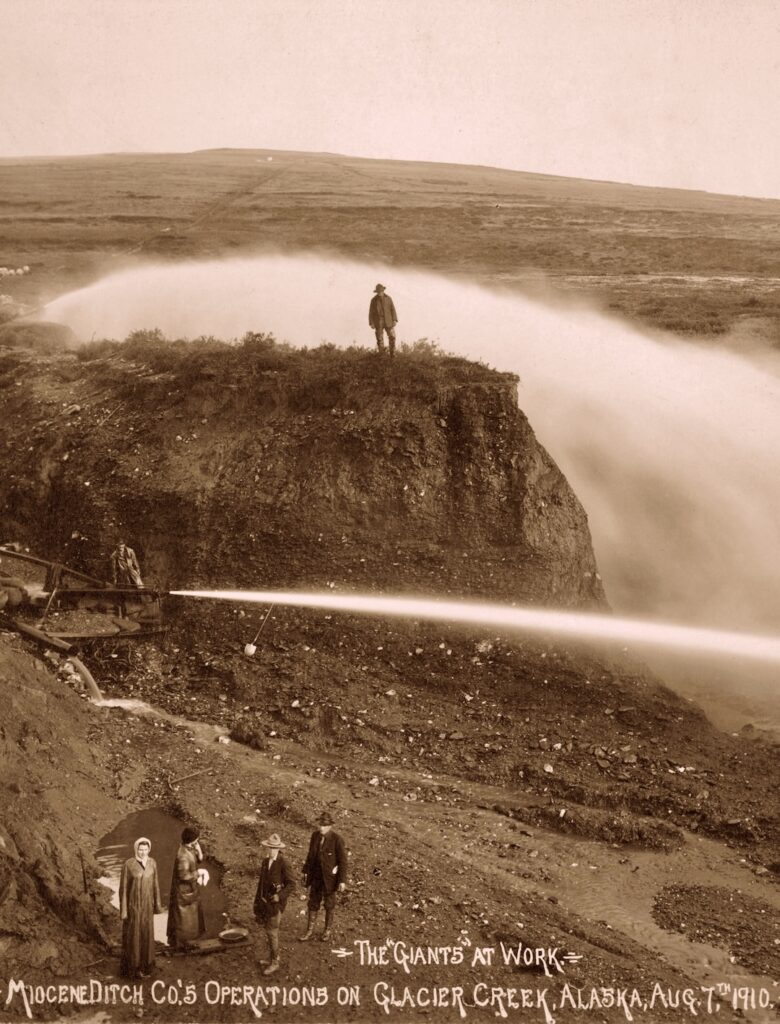
Library of Congress
Each section is revelatory in its own way, some admittedly more than others. Nome and its gold rush will be more familiar to the average reader than Nome and its reindeer velvet trade. But prospectors and quack male virility supplements exemplify legitimate aspects of this remote outpost. Engelhard willfully ambles through these legacies, histories, cultural detritus, and ongoing capitalistic affairs, revealing the place in much the same way as a literal stroll through the community might. Revelations come in pieces, glances, and curiosities. It is a humble, deeply human approach, denying the possibility of a singular take, offering entertainment and more than occasional enlightenment.
Honesty is neither perfection nor utility, and disparate sampling is not for everyone. Baggage-laden personages, such as missionary educator Sheldon Jackson, photographer Edward Curtis, and geologist-filmmaker Bernard Hubbard, pass uncritically through the narrative. Their relative failings, from cultural genocide to base exploitation, are left to other texts, which is perhaps the intent. The consumer has their choice, between more targeted interventions or the wandering trail laid down by No Place Like Nome.
All books on Alaska must plot their course in relation to the mythos of the territory, whether to accept, contradict, or, more rarely, acknowledge that perception and reality are intimately linked. This choice is particularly relevant in a place like Nome, a town surrounded by older cultures but more often regarded as a relic of a gold rush peak that ended over a century ago. In this way, Engelhard accomplishes what few others have achieved, bridging the lore of a romantically distant Alaska city with the grittier reality of trying to live in an actual place.
David Reamer is a public and academic historian in Anchorage, Alaska. He is the author of a weekly column for the Anchorage Daily News and co-author of the 2022 Black Lives in Alaska.
The views and opinions expressed in this article or video are those of the individual author(s) or presenter(s) and do not necessarily reflect the policy or views of the editors at Not Even Past, the UT Department of History, the University of Texas at Austin, or the UT System Board of Regents. Not Even Past is an online public history magazine rather than a peer-reviewed academic journal. While we make efforts to ensure that factual information in articles was obtained from reliable sources, Not Even Past is not responsible for any errors or omissions.
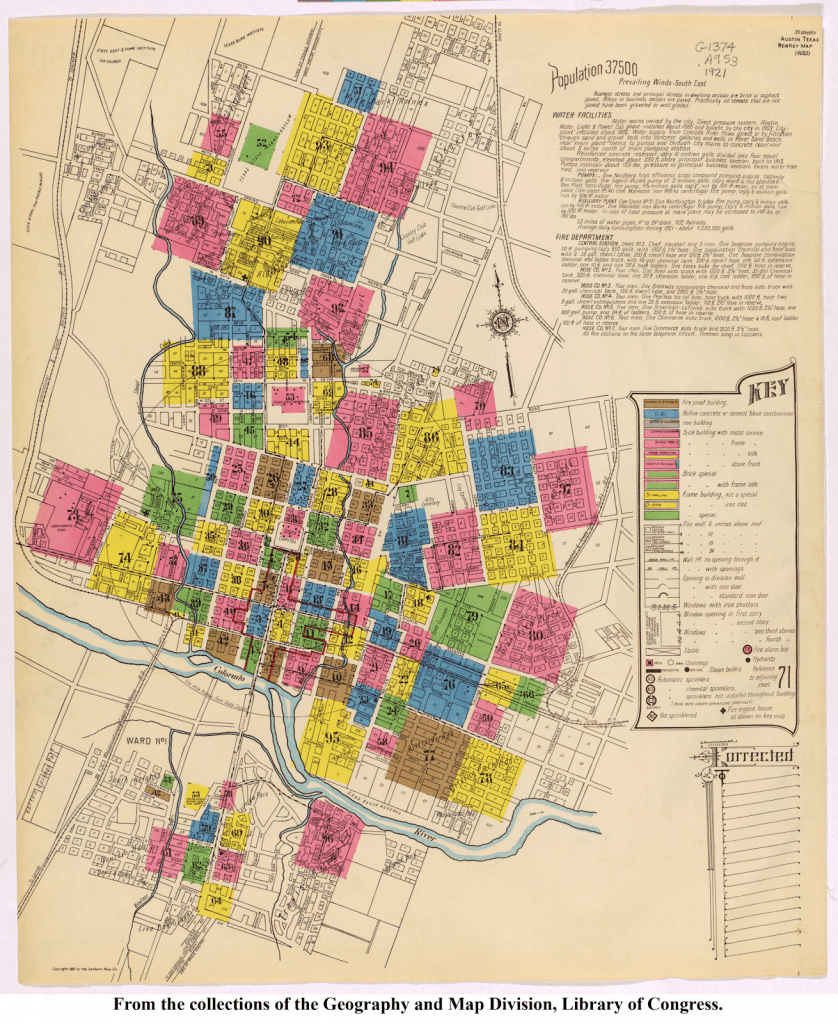
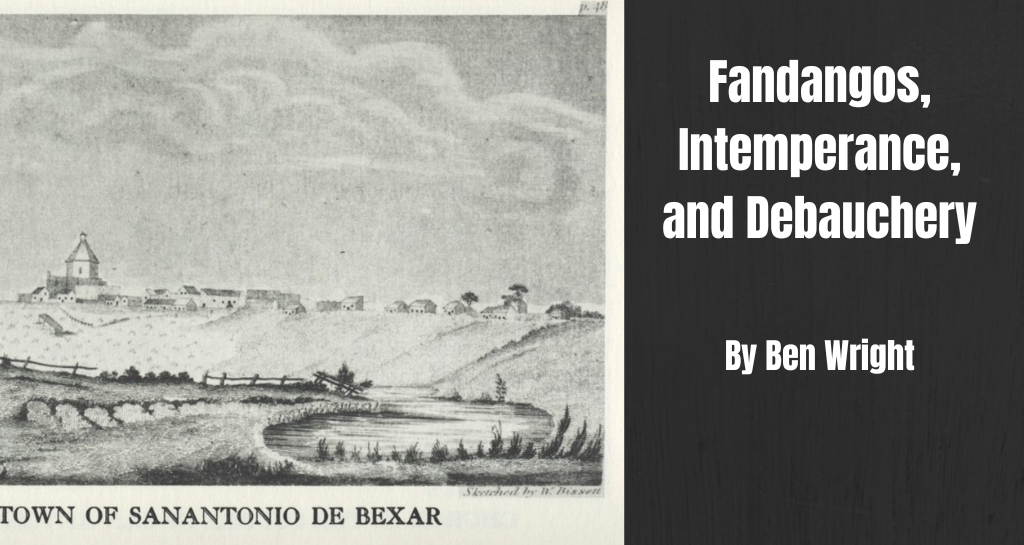
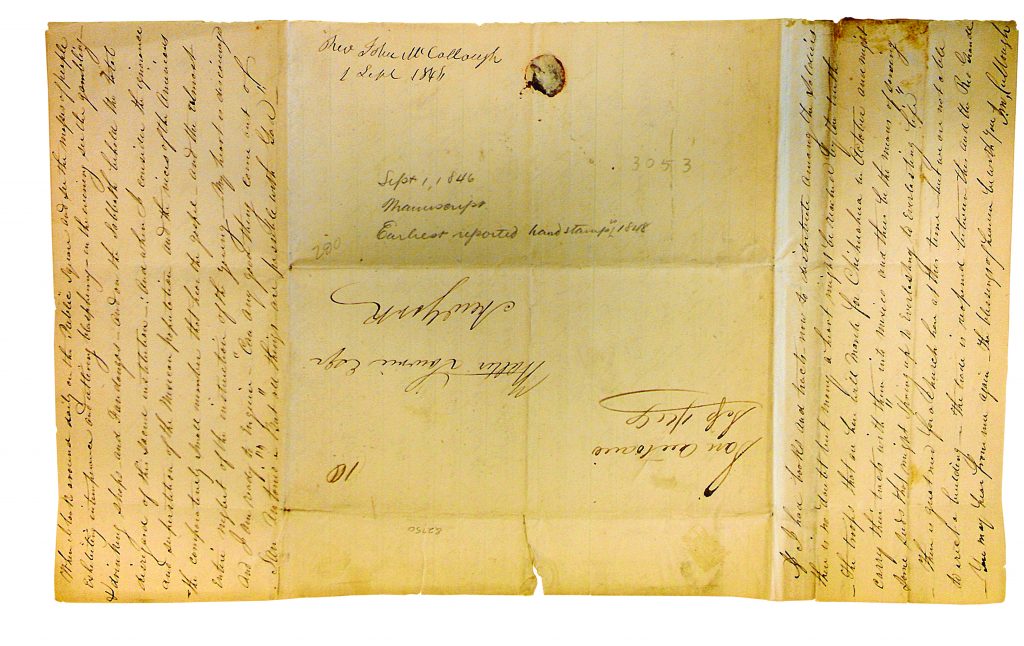
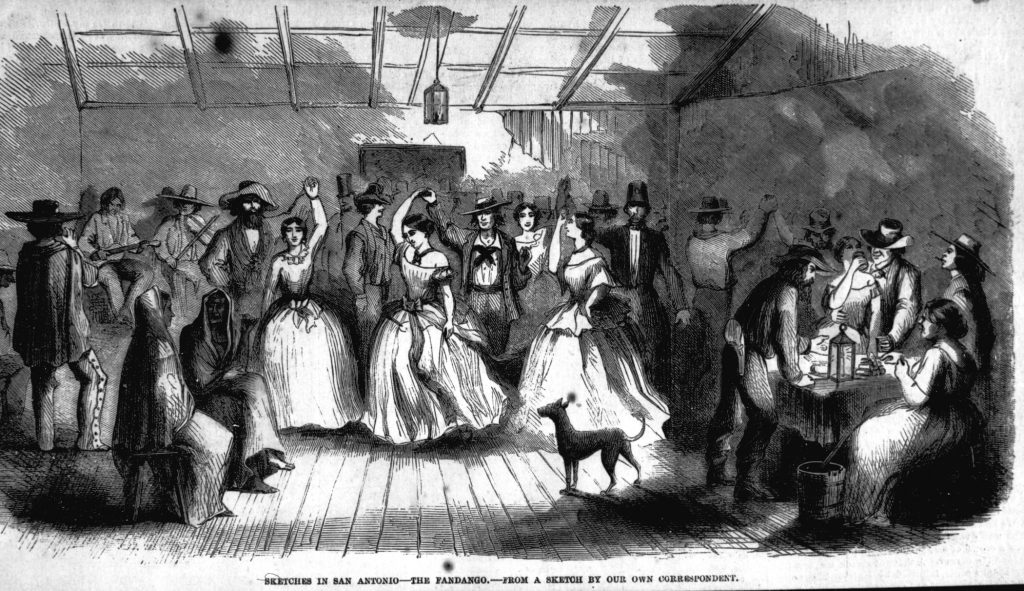
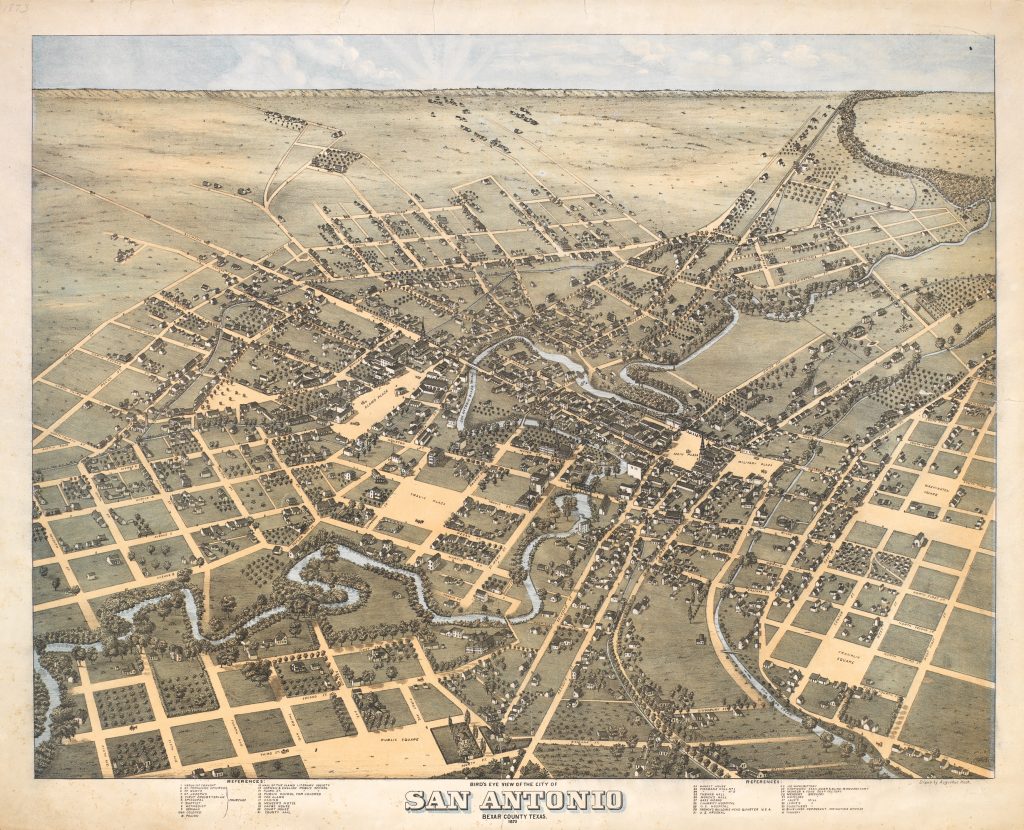
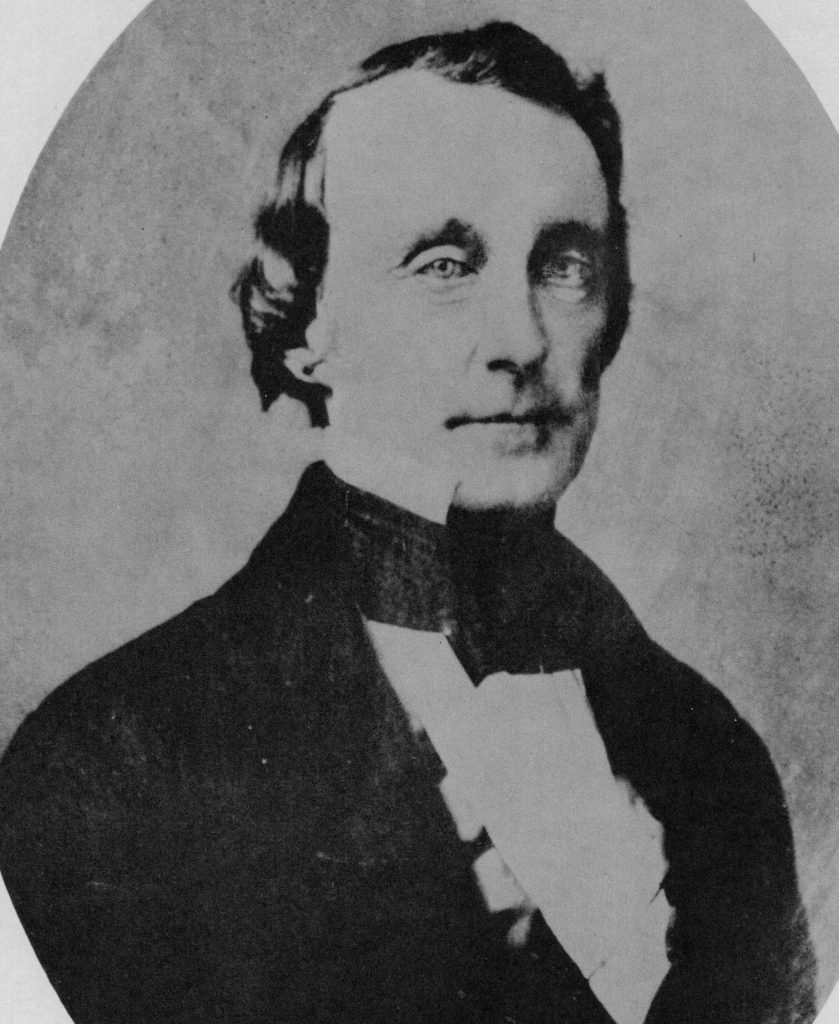
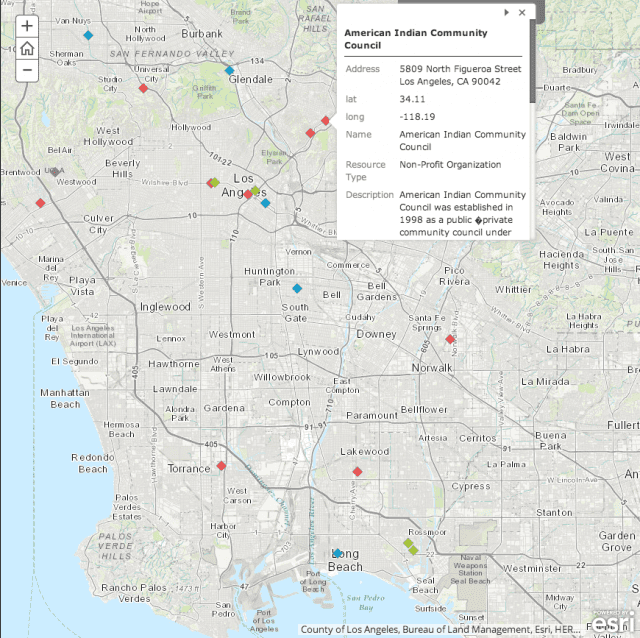
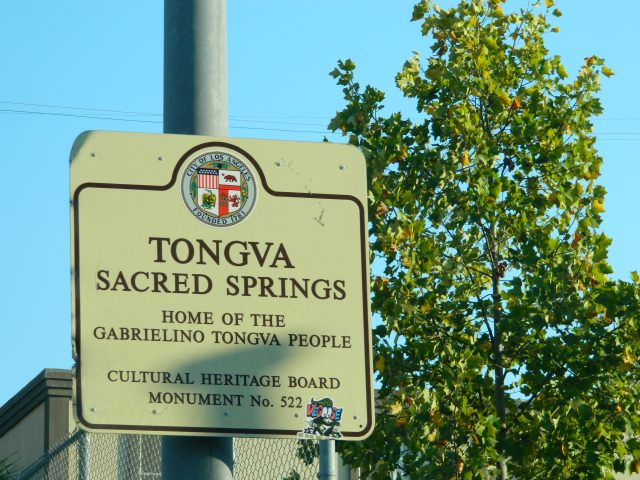

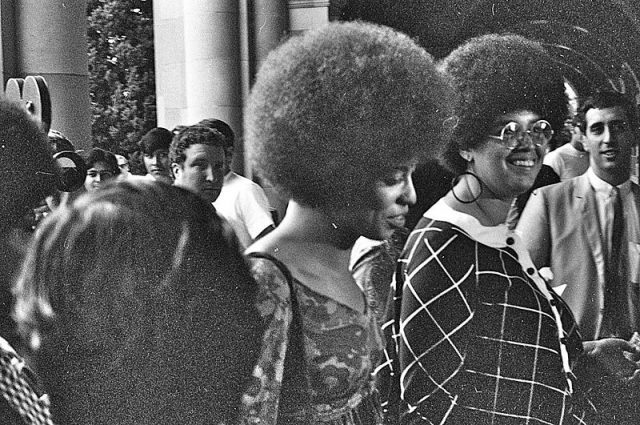
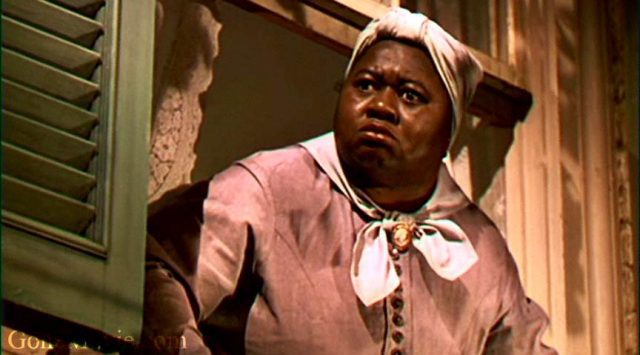

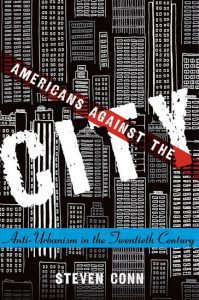
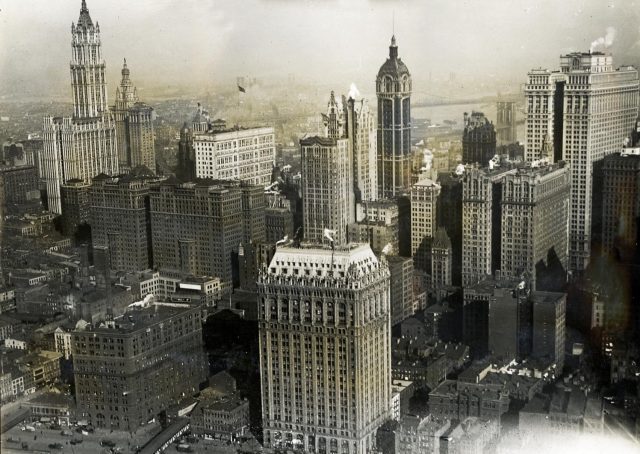
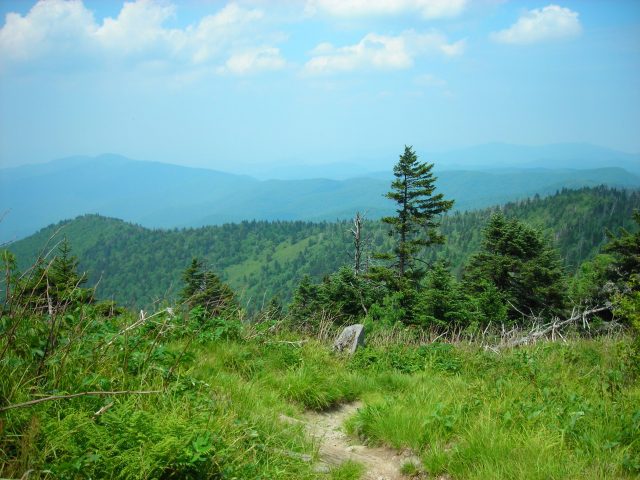
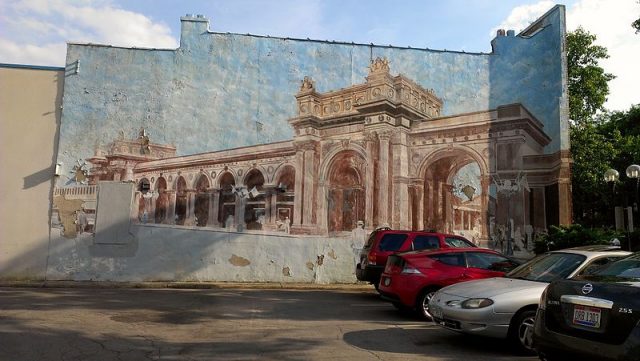


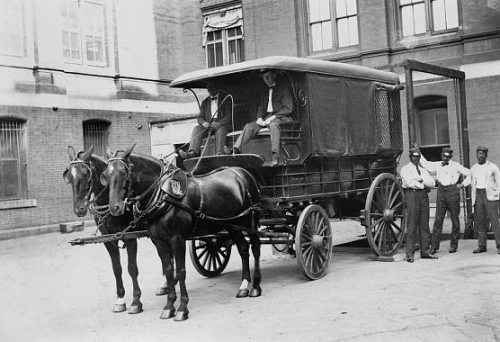
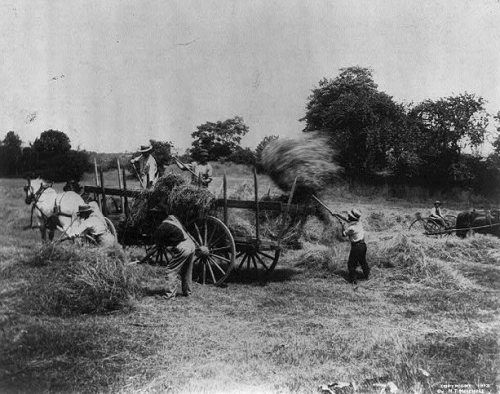
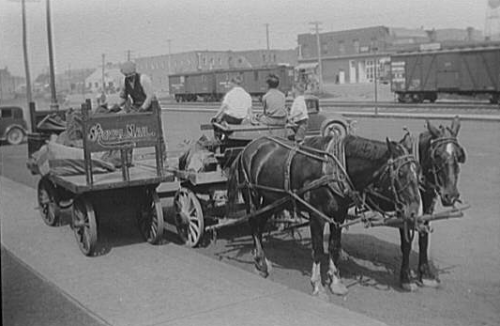
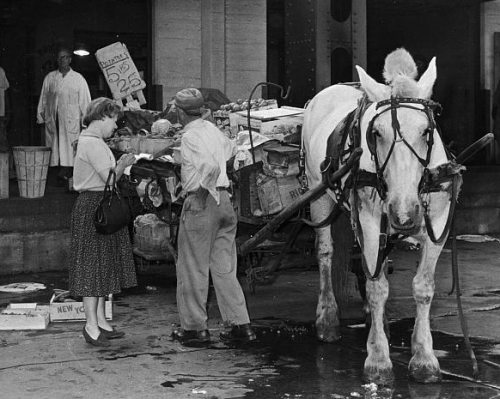

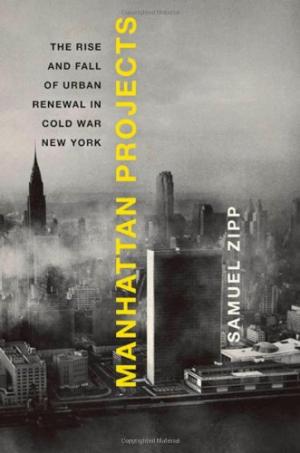 If the UN displayed the city’s position as a global capital of culture, politics, and economics, the deteriorating housing projects showed the city’s struggles with overcrowding, high crime rates, and poverty. According to historian
If the UN displayed the city’s position as a global capital of culture, politics, and economics, the deteriorating housing projects showed the city’s struggles with overcrowding, high crime rates, and poverty. According to historian 